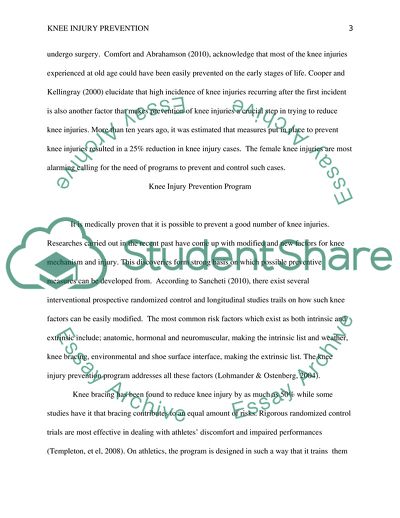Cite this document
(Knee Injury Prevention Program Literature review Example | Topics and Well Written Essays - 1500 words, n.d.)
Knee Injury Prevention Program Literature review Example | Topics and Well Written Essays - 1500 words. https://studentshare.org/health-sciences-medicine/1759319-current-evidence-knowledge-in-knee-injury-prevention-program
Knee Injury Prevention Program Literature review Example | Topics and Well Written Essays - 1500 words. https://studentshare.org/health-sciences-medicine/1759319-current-evidence-knowledge-in-knee-injury-prevention-program
(Knee Injury Prevention Program Literature Review Example | Topics and Well Written Essays - 1500 Words)
Knee Injury Prevention Program Literature Review Example | Topics and Well Written Essays - 1500 Words. https://studentshare.org/health-sciences-medicine/1759319-current-evidence-knowledge-in-knee-injury-prevention-program.
Knee Injury Prevention Program Literature Review Example | Topics and Well Written Essays - 1500 Words. https://studentshare.org/health-sciences-medicine/1759319-current-evidence-knowledge-in-knee-injury-prevention-program.
“Knee Injury Prevention Program Literature Review Example | Topics and Well Written Essays - 1500 Words”. https://studentshare.org/health-sciences-medicine/1759319-current-evidence-knowledge-in-knee-injury-prevention-program.


